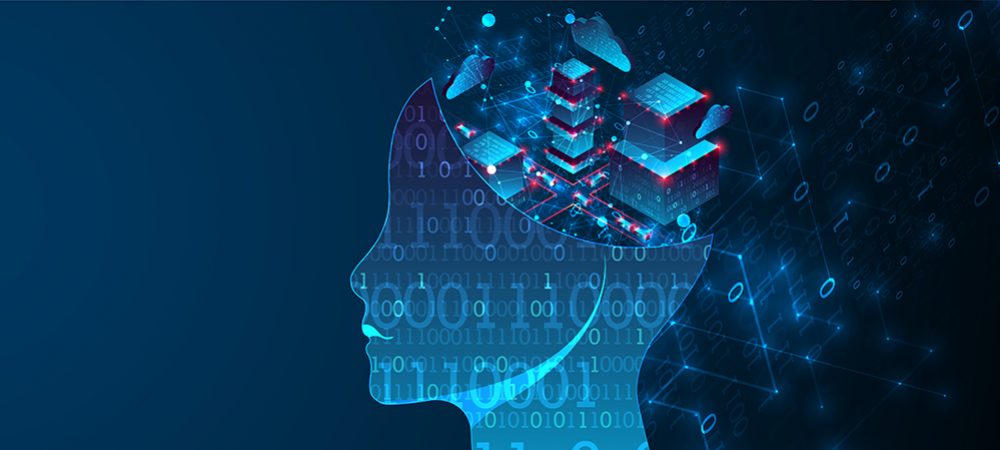Rosie Cairnes, VP for APAC at Skillsoft, tells us there is no better time for an organization to fully embrace upskilling its workforce to create a future-ready team.
As a technology leader, you oversee the driving force for business success. No matter the industry, size or geography, companies separate from the pack by the strength of their technology. According to a 2020 Brandon Hall Group survey titled, L&D and the Impact of COVID-19, commissioned by Skillsoft, 45% of organizations are planning to increase tech investment to prepare for the future.

The problem is that technology is constantly changing. Keeping up is hard enough but staying ahead can be impossible – particularly in areas of technology your organization has not yet deployed. As a result of this rapid pace of change, skills are in high demand, but supply is low – exacerbating an already widening skills gap. This is particularly true for the tech capabilities that your company will need to grow and compete in the future.
Following a year that brought a global pandemic, economic disaster for many and a rapidly shifting technology landscape, what are the critical capabilities needed to weather the storm and the skills needed to put organizations ahead in 2021 and beyond?
Skills in demand
Skillsoft’s report has captured the collective technology learning needs of five million learners from the technology and developer industry. Using consumption and search patterns from these users across five areas – software craft, programming, data, security and cloud – the report highlights resulting trends and recommends corresponding skills to develop. 2021’s most in-demand tech skills include:
• Programming languages like Python
• Data analytics
• Data security fundamentals
• Agile methodologies
• DevOps and SecOps
• Cloud fundamentals
More than 50% of the data courses hours consumed in APAC are focused on data literacy concepts. Course completions:
• Software Craft (fundamentally DevOps) 24.50%
• Data 22.72%
• Infrastructure 18.60%
• Cloud 13.73%
• Security 13.25%
• Programming 7.20%
Developing internal skills
According to new research from Elmo Software, it takes 33 days and costs on average AU$10,500 – and more than twice as much for a C-level executive – to fill a vacant position. As hiring new talent becomes increasingly impractical, organizations need to make the shift to upskilling and developing talent from within. As workforces transitioned to operating remotely, Skillsoft saw a dramatic increase in the number of learning hours compared to the previous year.
Upskilling is not a straightforward endeavour and requires commitment and investment from organizations as well as from employees tasked with learning often difficult and complex new skills. However, these skills are not readily available so businesses can’t hire themselves out of this situation. Approximately 3.5 million security roles will go unfilled this year.
On the other side of the talent coin, talent retention has never been more important. If businesses can find employees with key tech skills, it’s crucial to hang on to them. Studies show that employees are willing to stay if their employers invest in their career development. In fact, Skillsoft research shows a voluntary turnover reduction of approximately 5% with abundant learning opportunities. So, learning and development is key to talent retention.
Guided learning
Making content available to employees is not enough. Technology leaders need to guide employees through their skills development on a clear path to a future role. For example, if a data analyst aspires to become a data scientist, they need a clear roadmap of the skills they will need to develop to get there. IT leaders need to carry some of the responsibility for L&D. HR departments cannot do it alone. Learning is both an individual and an organizational responsibility and those organizations who will do well during this critical time will have created a Deep Learning culture.
Future skills
As technology embeds itself in every facet of every organization, it will become increasingly common for the IT team to work with peers from across the organization. For this to be successful, it’s critical for employees to have multidisciplinary skills and ‘human’ or ‘people’ skills will also be in great demand. For example, it is no good having a great technical operator if they’re unable to communicate the benefits of their technology to the broader business.
One of the things that COVID-19 taught us is that, while we’ve all relied on technology to connect, it also highlighted a need to be human. We’re seeing an increasing convergence of tech and people skills which has coined the term ‘The T-shaped Employee’ – an individual who has deep knowledge and skills in a particular area, along with a willingness and ability to make connections across disciplines.
At IBM, where the T-shaped employee started, we analyzed role descriptions from 75 technology-related job postings. Of all the requirements listed for IT professionals and leaders, 42% were business and leadership skills.
Technology leaders are the driving force for business success. As we look forward, business success depends on the ability to navigate the rapidly innovating technology space and skilled employees hold the key to that success. Developing the right skills through learning and development and empowering employees to drive their L&D journey is critical. There is no better time for an organization to fully embrace upskilling its workforce to create a future-ready team.
Click below to share this article

